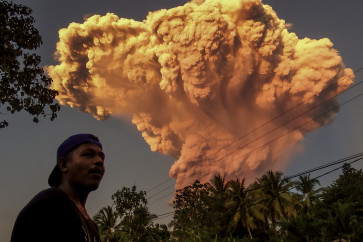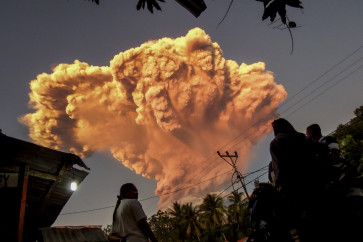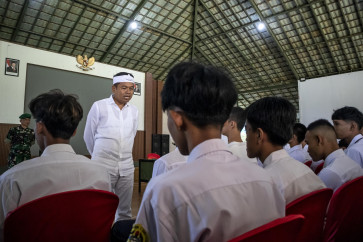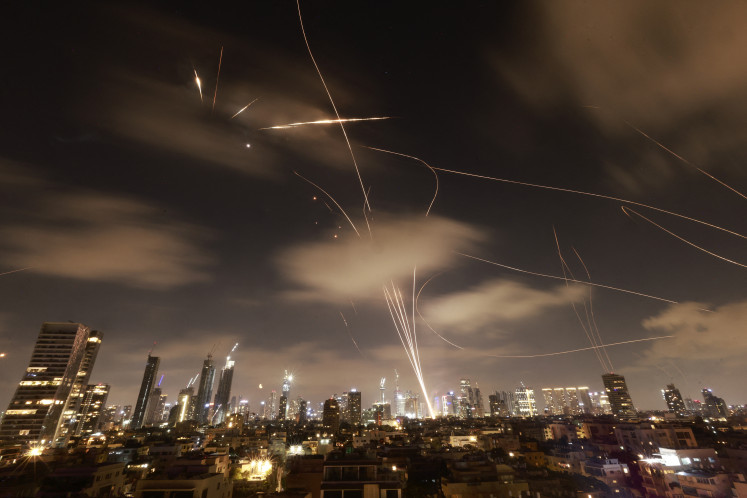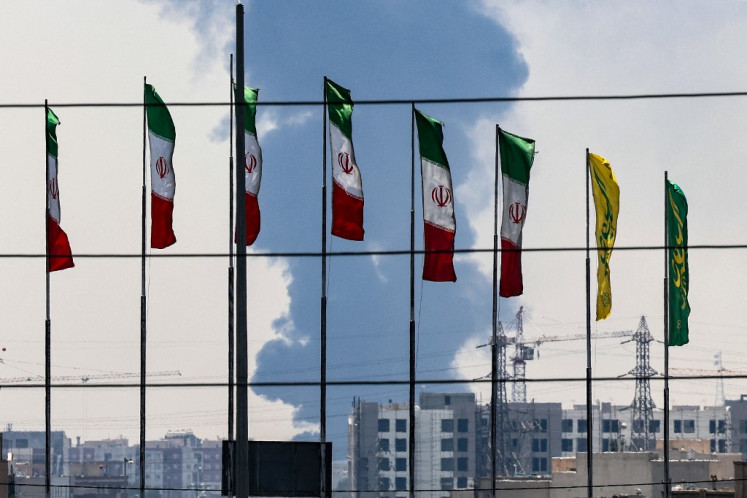Popular Reads
Top Results
Can't find what you're looking for?
View all search resultsPopular Reads
Top Results
Can't find what you're looking for?
View all search resultsMilitary junta ignores cyclone victims: Refugees
More than six weeks after Cyclone Nargis hit Myanmar's Irrawaddy Delta and the southern parts of Yangon and Bago, killing more than 130,000 people, the junta continues to restrict aid access to some 2
Change text size
Gift Premium Articles
to Anyone

More than six weeks after Cyclone Nargis hit Myanmar's Irrawaddy Delta and the southern parts of Yangon and Bago, killing more than 130,000 people, the junta continues to restrict aid access to some 2.4 million survivors, creating the possibility of a second round of deaths from post-disaster diseases such as dengue fever, malaria and diarrhea. Apart from this tragedy, the people of Myanmar in general face a bleak future under military rule, with few hopes for civil rights, democracy or economic prosperity. The Jakarta Post's Abdul Khalik visited several cities inside the reclusive country last week. The following is his report:
Fifty-year-old Saw Win can no longer cry. He has run out of tears since Cyclone Nargis destroyed his home and took away his two small children almost two months ago.
Speaking through an interpreter, he said all he wanted now was to find medical help for his pregnant wife, who is due in several weeks.
CYCLONE REFUGEES: a family that survived Cyclone Nargis enters the city of Thanbyuzayat, more than 400 kilometers southeast of Yangon, on a three-wheeler motorcycle. (JP/Abdul Khalik)
"I've traveled hundreds of kilometers not to lose anymore children. They're the only family I have left," Saw Win said while helping his wife walk out of a small clinic in Myanmar's Thanbyuzayat city, more than 400 kilometers southeast of Yangon.
The May 2 and 3 cyclone wiped out his village, near Twante, about 80 kilometers southwest of Yangon, and one of the areas hit hardest by the cyclone. Most village residents died in the storm, and almost all the houses, buildings and boats were destroyed.
Beside Saw Win and his wife, only about a dozen other village residents survived Nargis.
"The dead bodies were everywhere, and as far as I could see, only several buildings remained standing. We made camps out of the destroyed buildings, and tried to stay on without knowing what to eat for the next day. We only hoped the government could provide whatever help as soon as possible," he said.
But the help never came, and it was getting more and more difficult to find food and clean water.
Survivors scrambled to find whatever food they could, as some of the people began dying from disease.
"No single official came to look for us. We were just left to die there," Saw Win said.
"Each night, I saw more and more people shivering from the cold, malaria and starvation, and the next day we would find fresh dead bodies."
Knowing they would eventually die if they waited in the village, Saw Win and his wife decided two weeks after the cyclone to find help in other towns where they thought they still had relatives left.
But it was not easy even to travel to neighboring towns, let alone undergoing a journey of hundreds of kilometers, with little food available, heavy rains and the road blocked by debris and military personnel.
"The military barricaded all exit and entrance roads of every town to keep the survivors in their respective villages. When we tried to pass them they told us to go back to our village, if not they would beat or shoot us," Saw Win said.
At last they decided to use traditional paths that crossed through the forest to avoid the military checkpoints.
After passing through village after village and several towns, Saw Win realized the extent of the disaster.
"We ate any food we found in the villages we passed or in the forest. We didn't know how long or how far we had traveled, but at last we arrived in this city. Fortunately, we have some relatives here, and they were willing to help us," he said.
Saw Win and his wife are among millions of cyclone survivors who have been left with no or little help from the government.
The United Nations estimated recently that some 2.4 million survivors were in urgent need of food and healthcare, to prevent a massive outbreak of post-disaster diseases.
Local reports have claimed that some survivors have eaten the bodies of the dead to avoid starvation. The UN and several non-governmental organizations have warned that one million people could die in the post-cyclone period if immediate action is not taken to get them necessary assistance.

